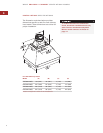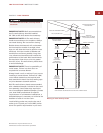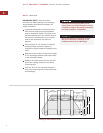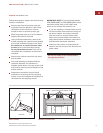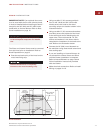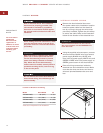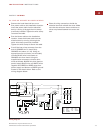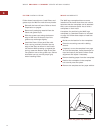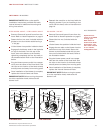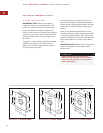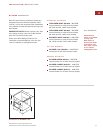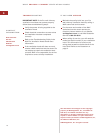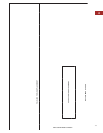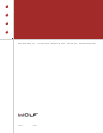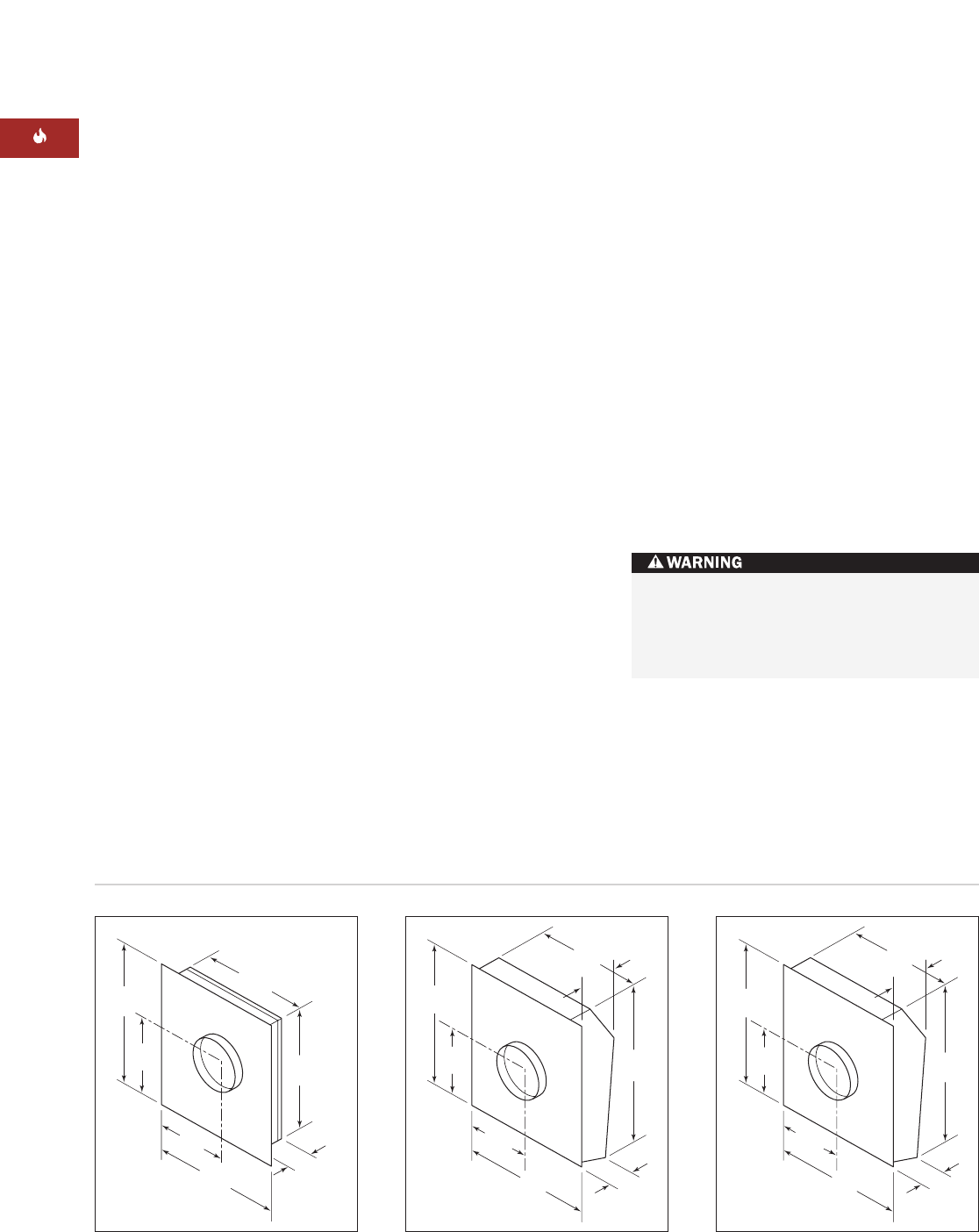
Be sure that there is enough space for any
transitions that may be needed between the
blower and the connecting ductwork. For best
performance, locate transitions nearest the
blower.
Refer to the illustrations below and on the
following page for overall dimensions of Wolf
in-line and remote blowers. Also refer to the
specific installation instructions provided with
each remote blower to verify cut-out dimen-
sions.
IMPORTANT NOTE:
Before turning the power
on to the ventilation hood, make sure the
blower is off.
16
WOLF PRO WALL CHIMNEY VENTILATION HOODS
When making electrical connections,
make sure the electrical power is turned
off at the power source or circuit breaker
before proceeding.
24
1
/2
"
(622)
15
1
/2
"
(394)
28
1
/4
"
(718)
20
3
/4
"
(527)
24
3
/4
"
(629)
14"
(356)
4
3
/4
"
(121)
10" (254)
Diameter
14
3
/4
"
(375)
29
1
/2
"
(749)
29
1
/2
"
(749)
18" (457)
22"
(559)
10
1
/8
"
(257)
7
1
/4
"
(184)
10"
(254)
10" (254)
Diameter
Dimensions for BLOWER-90REM
14
3
/4
"
(375)
29
1
/2
"
(749)
29
1
/2
"
(749)
21" (533)
25"
(635)
10
3
/8
"
(264)
7
1
/4
"
(184)
10"
(254)
10" (254)
Diameter
Dimensions for BLOWER-150REMDimensions for BLOWER-120REM
IN-LINE AND REMOTE BLOWERS
BLOWER INSTALLATION
IMPORTANT NOTE:
Refer to the specific
installation instructions provided with each
blower for additional mounting instructions.
Locate the blower so that the length of the
duct run and number of elbows and transitions
are kept to a minimum. Wolf recommends the
maximum linear duct run be no greater than
50' (15 m).
If possible, remote blowers should be located
between wall studs or roof rafters. Avoid
pipes, wires or other ductwork that may be
running through the wall.




